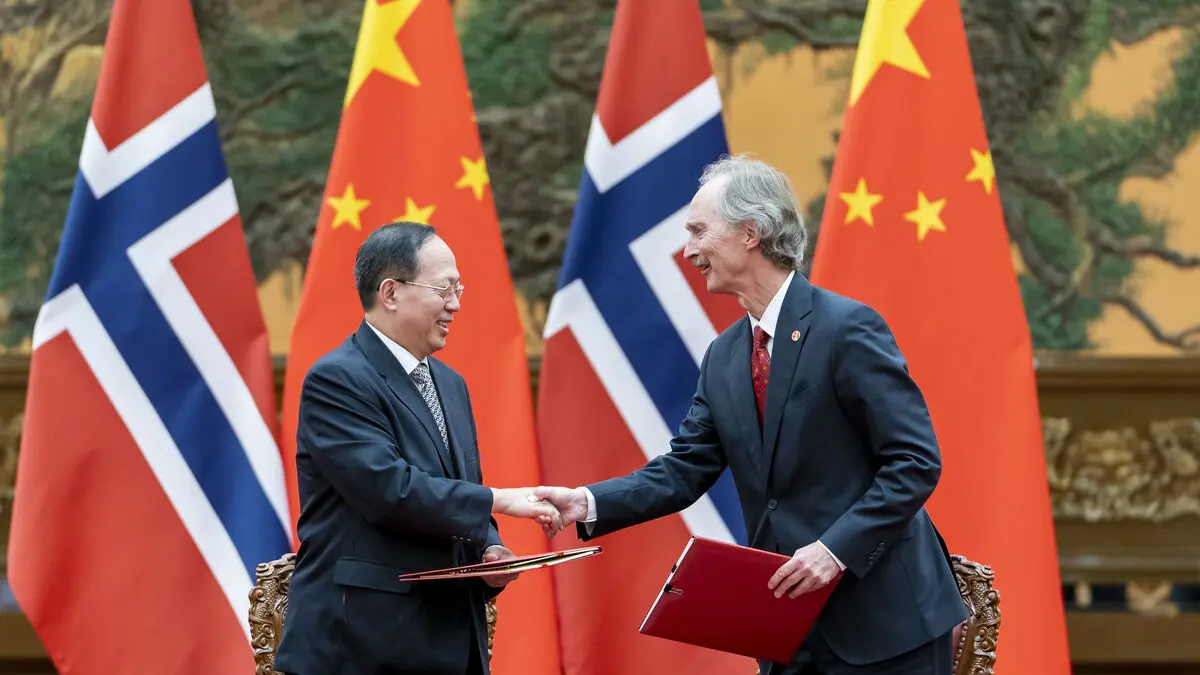The return on an actively managed Sweden fund and an index fund (which follows the stock market in general) often does not differ much. Managers rarely beat the stock market index to a greater extent (although there are exceptions), several previous studies have shown, including those from Aktiespararna.
But what differs is the fee, and it can be substantial. On average, an actively managed Sweden fund, stocks, took out 1.30 percent of the capital in the first quarter, according to FI. The Sweden index fund costs 0.25 percent. Similarly, it looks for global funds. Over a 30-year savings period, this will result in a difference of 200,000 kronor in fees, assuming both alternatives provide an average annual return of 7 percent.
"Has not given anything"
Can it be justified? Do they provide better returns, these actively managed funds?
You can never know. But when you look at how it has gone for many actively managed funds historically, you can see that it is rare that they can be justified, that they beat their comparison index, says Moa Langemark, consumer economist at FI.
Which means that no, it has not given you anything. And the point here is that you pay a fairly large sum for the management, she continues.
Banks make good money from fund management. When you negotiate your mortgage rate, the bank's counter-demand is often that you move your fund savings to the current mortgage bank. And they market their own funds.
What we know from before is that it is quite common that if you go to an advisory session, it is their own funds that the bank presents, says Moa Langemark.
Poor overview
And for savers, it can be difficult to keep track of the different fees and what may seem small can become a lot due to the "interest on interest" effect.
FI has let the opinion firm Origo ask 1,000 Swedes about their knowledge of fund savings. It is not uplifting reading, thinks FI.
I would say that it is quite low, only every other Swede has an overview of their fund fee. Which is remarkable considering how much money you pay, says Moa Langemark.
There is a tendency when it comes to financial products and services that we tend to ignore what it costs, she continues and tips on finding out the fee and asking questions about what motivates the higher price if you are offered a fund that is more expensive than the median.
Fees in median during the first quarter. Some examples:
Actively managed global funds: 1.30 percent of the managed capital. Total fees over 30 years 313,599 kronor at a savings rate of 2,000 kronor per month.
Global index funds: 0.35 percent. Total fees over 30 years 84,431 kronor.
Actively managed Sweden funds: 1.30 percent.
Sweden index funds: 0.25 percent.
Source: Finansinspektionen





